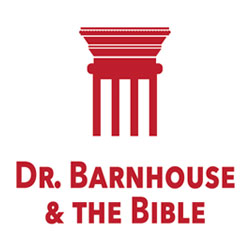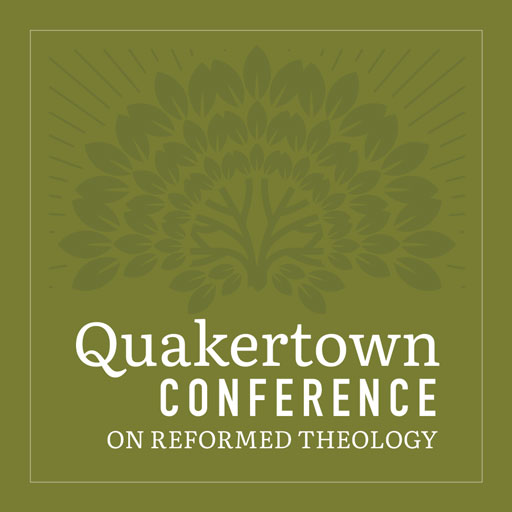
Anne of Bohemia and her Multilingual Scriptures
On December 18, 1381, 15-year old Anne crossed the British Channel with her large entourage. It was a wretched time for travel, but she was on her last stretch of her 700-miles journey from Prague. It was the season for storms, but thankfully the winds rose only after her crossing, destroying her ship but preserving her life.
She was the eldest daughter of Charles IV, Holy Roman Emperor and King of Bohemia, and of his fourth wife Elizabeth, Duchess of Pomerania. Her final destination was London, where she would marry Richard II, King of England, eight months younger than her.
It was, as expected, an arranged marriage, with off-and-on negotiations starting in 1377, when Richard was first crowned. Initially, the proposal was rejected, but Pope Urban VI convinced Richard and his council to change their minds. At that time, the papacy was claimed by two different popes, and Urban needed his supporters (which included England and Bohemia) to band together.
The arbitration was not without hindrances. The English envoys were kidnapped and held for ransom on their way back from Bohemia, and Anne’s family was so poor that couldn’t afford to pay the dowry. In the end, Richard had to send a loan of 15,000 pounds in order to get his bride to England.
Anne’s Character
As Anne continued her travels from Dover to Canterbury, the English people continued to gossip about her poverty. After all, much of the money spent by the crown came from their taxes. Their complaints flared as she entered London. Some even tore down the display of royal arms crossing imperial arms, a symbol of Richard and Anne’s union.
In spite of this, the wedding took place on January 20, 1382 at Westminster Abbey and the coronation of Anne two days later.
As it turned out, Richard and Anne really loved each other. With time, even the English people came to appreciate her. She was described as intelligent, pious, and gentle. Richard had the palace at Eltham remodeled for her, and rarely allowed her to leave his side.
The people had a harder time accepting her and her large Bohemian entourage, especially since Richard was very generous with them. His building projects in Anne’s honor were legendary, and their married life was described as one of elegance and luxury. Apparently, both Richard and Anne were passionate about fine clothing, and introduced new trends, including long and pointed shoes for women.
What won the people’s hearts, however, was Anne’s role of advocate and mediator.
Her first intervention was in 1381, when she interceded with the king in behalf of the participants in the Peasants’ Revolt. In 1384, she persuaded Richard to change the punishment of John Northampton, Lord Mayor of London, from execution to lifelong imprisonment. Her most famous intercession, however, was on behalf of the citizens of London in 1392, when the king, furious after a loan denial, arrested some city officials, revoked many of the city’s privileges and charged the city a fine of 100,000 pounds.
Anne begged the king on her knees during a public ceremony until Richard raised her up and seated her at his side, assuring the city of his pardon. The same year, the grateful Londoners responded by gracing the royal couple with extravagant Christmas gifts: a camel for Richard and a pelican (symbol of maternity) for Anne. Anne, however never had children, as much as she pined for them.
Some of Anne’s entourage has been given credit for introducing the style of shoes having long pointed toes which had to be held up with chained garters that wrapped around the knees. The Queen brought other Bohemian fashions to England including the ladies side saddle and a jaunty form of cap. The Bohemians also had influence in England on art and illuminated manuscripts.
Anne’s Convictions
The days of Anne’s life were troubling times for the church. In 1377, when Anne was eleven, Pope Gregory XVI ended a seventy-year residence of the papacy in Avignon, France, which had caused a general mood of shock and complaint from those who interpreted it as a subservience to the French crown.
The move back to Rome, however, didn’t put an end to troubles, as the cardinals were divided in their choice of a new pope. Their final choice, Urban VI, proved to be so domineering that a group of cardinals declared the election null because it was done under duress. After moving back to Avignon, they elected a different man, Clement VII. Europe was split down the middle.
Even apart from these events, discontent with the papacy had been brewing for some time. In England, one of the most radical voices of protest, John Wyclif, had barely escaped papal condemnation thanks to the protection and support of members of the royal court, including Joan of Kent, Richard’s mother, who interceded for him as a 1378 trial.
Most likely, Anne was well aware of this tense situation before she came to England. She had grown under the care of her elder step-brother Wenceslaus IV. Unlike their father Charles, who was an avid collector of relics, Wenceslaus shunned superstitions and welcomed new ideas. He was for some time a supporter of Wyclif and of Bohemian Reformers such as Jan Hus. His wife Zofie, who enjoyed Hus’s sermons, interceded on his behalf when the pope tried to forbid him from preaching. Anne’s education was shaped in that environment.
Traditionally, women in Bohemia had been avid readers, and Anne’s father, Charles IV, had done much to promote the translation of important works into both Czech (Bohemian) and German. According to contemporary sources, Anne arrived in England with copies of the New Testament in Latin, Czech and German. There have also been claims that she owned a copy of all four Gospels in English. This was not an unusual situation. A few years later, her sister Margaret traveled with a Latin, German, and Polish Psalter as she went off to marry the King of Poland.
Anne’s books, which might have passed relatively unobserved in other cases, caught the attention of Wyclif, who used them as justification of his production of an English Bible. “For it is possible that the noble Queen of England, sister of the Emperor, had the Gospel in three languages: Bohemian, German, and Latin,” he said, “and to call her a heretic for this reason would be diabolical pride.”[1]
Wycliffe’s endeavor to produce an English Bible was considered heretical by church officials, who feared that untrained minds would misunderstand its teachings and cause further problems in the church.
Anne’s Death and Legacy
Anne died on June 7, 1394, most likely of the plague. Richard was so distraught by her early death that he had the palace torn down and destroyed. He vowed that for an entire year he would enter no building except a church where he had spent time with Anne. He also delayed her funeral for two months so he could plan a magnificent ceremony, and built a magnificent tomb in Westminster where there are still effigies of Anne and Richard with their hands clasped.
While her life is mostly remembered as a bitter-sweet love story, Anne, as other female rulers of her day, had a great influence on European thought. For example, she arrived in England not only with books, but with a team of Bohemian illustrators who left a strong influence on English art. Conversely, her presence in England encouraged a reverse cultural exchange, hastening the spread of Wyclif’s writings in Bohemia.
As centuries went by, Anne’s role has often been debated, swinging from a quiet and meek wife to a fierce promoter of Wyclif’s works. As it is often the case with medieval women, we know little about her life and thought, but it’s safe to say that she was a typical exponent of the cultured ladies of her day who were able to read Scriptures and participate in the religious debates of their times.
Since their involvement in politics was usually less engrossing than their husbands’, they could back the causes they found truthful by protecting and supporting the men who led them. Those who, like Anne, left their countries behind to marry noblemen in other lands were also able to share their culture, habits, and causes with other nations, fostering the spread of new ideas and practices.
If all this seems too ordinary, it’s important to remember that the Reformation was not the sudden product of the blow of a hammer on a church door. It was brewing for a long time and usually proceeded in small steps, often taken by lesser-known women.
[1] John Wycilf, Polemical Works in Latin, vol. 1, ed. by Rudolf Buddesieg, Wyclif Society by Trubner & Co., London, 1883, p. 168 (my translation)

























